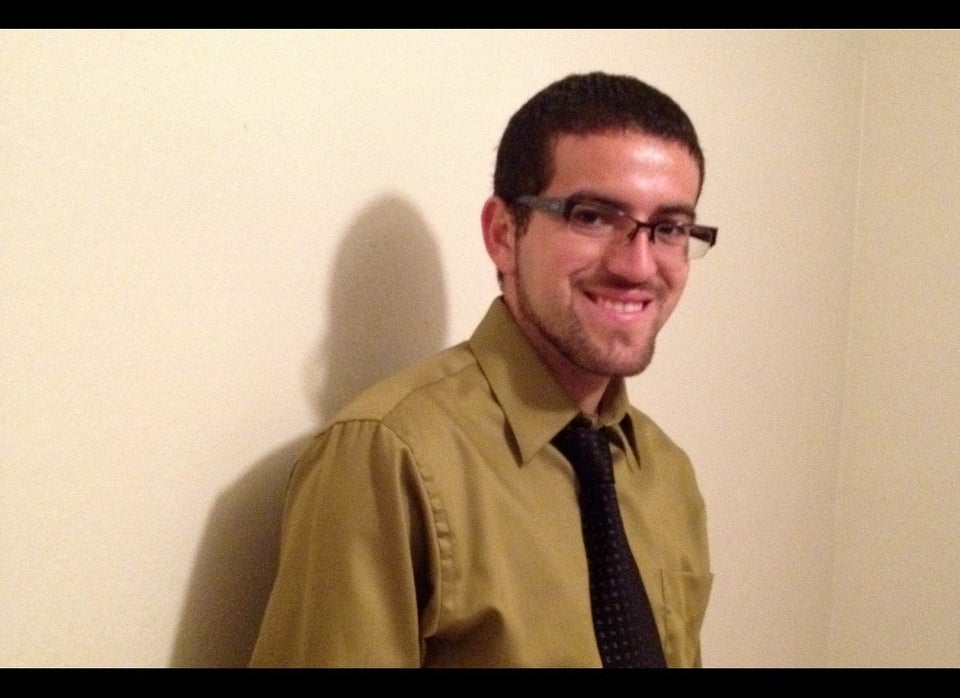
One year after undocumented youth began applying for the deferred action program that grants them a two-year reprieve from deportation and work authorization, a new study offers a look at the pool of applicants.
The study released Wednesday by the Brookings Institute shows that of the 936,000 people who were estimated to qualify for the federal program at the time of its announcement last summer, about 557,400 of them applied for it as of June 30.
That means more than half of eligible Dreamers have submitted applications for the federal program, which is officially know as Deferred Action for Childhood Arrivals (DACA). U.S. Citizenship and Immigration Services began accepting applications for the program on Aug. 15, 2012.
Of those applications submitted as of June 30, nearly 75 percent were approved. Just 1 percent of the applications were denied and about 25 percent were still under review.
“DACA applications are accepted on a rolling basis and there is no deadline,” the authors of the study noted. “The statistics presented here, therefore, represent a snapshot, and are not final.”
Using monthly data released by USCIS, the Brookings Institute study also found that more applications for deferred action were accepted in the first months of the program. The volume of applications peaked at about 116,200 in October and dropped to a low of about 18,300 in June.
The decline, according to the study, is due to several reasons, including the difficulty some undocumented young immigrants face in documenting their continuous presence in the U.S. and their lack of funds to pay the $465 application fee.
Study goes beyond the numbers of deferred action applicants
The Brookings Institute study also goes beyond just looking at the number of deferred action applicants.
It provides “a wealth of information through which to understand where DACA applicants come from and where they live in the U.S., as well as other information, such as the gender and age breakdown of the population,” according to the Center for American Progress, which is scheduled to host a panel discussion over deferred action on Thursday.
“Most crucially, this data opens a window to assess just how well the DACA program has been functioning, and where it can be improved,” CAP added.
Analyzing data obtained through a Freedom of Information Act request, the Brookings Institute study depicts a profile of deferred action applicants.
It shows that deferred action applicants as fairly young, with more than half of them being under the age of 21. Undocumented young immigrants who were age 24 or older made up 24 percent of all applicants as of June 30.
The study also reveals that many deferred action applicants arrived in the U.S. at a young age. Nearly one-third of applicants were 5 years old or younger and more than two-thirds were 10 years old or younger at arrival. Furthermore, 72 percent of deferred action applicants had resided in the U.S. for at least 10 years as of 2012.
Deferred action applicants were born in 192 countries, according to the study. Nearly 75 percent of them were born in Mexico, followed by El Salvador (4.0 percent), Honduras (2.7 percent), Guatemala (2.5 percent), South Korea (1.5 percent), Peru (1.4 percent), Brazil (1.2 percent), Colombia (1.1 percent), Ecuador (1.0) and the Philippines (0.7).
California, Texas, New York, Illinois and Florida hold the highest numbers of deferred action applicants. These states are also among those with the largest foreign-born populations, according to the report. Other states with high numbers of deferred action applicants include North Carolina, Arizona and Georgia.
Originally published on VOXXI as One year in, a look at Dreamers who’ve applied for deferred action
